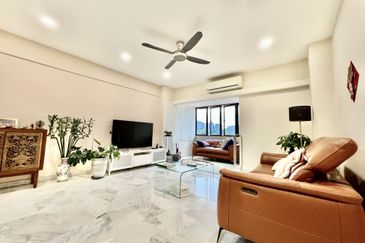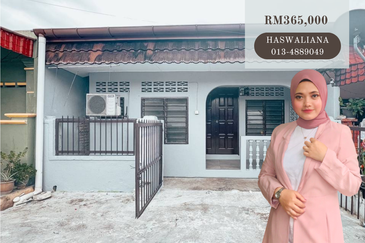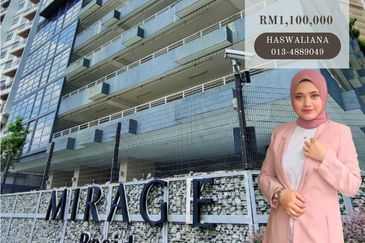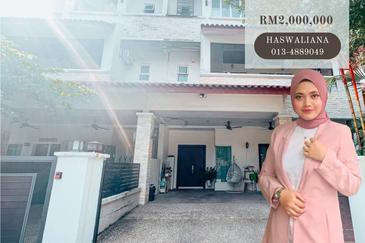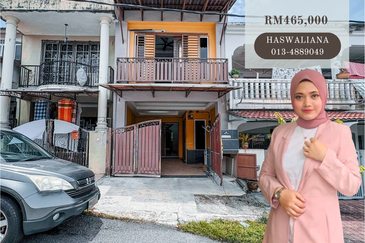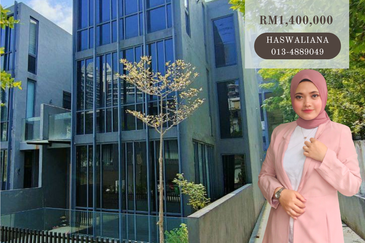
- By district, Johor Bahru (JB) also showed the highest number of residential properties sold for 2012–2025, totalling 73,935 units.
PETALING JAYA (June 17): Johor contributed the highest number of new launches for the residential market in 1Q2025, with a total of 3,194 units, ahead of Selangor (2,129 units) and Negeri Sembilan (1,838 units), according to the latest data from the National Property Information Centre (Napic).
In total, 12,498 residential units were launched in 1Q2025 across the nation, with 1,351 (10.8%) of units sold. Non-landed properties comprised 27.2% (3,396) of the units launched, while landed properties comprised 78.2% (9,102).
By district, Johor Bahru (JB) also showed the highest number of residential properties sold for 2012–2025, totalling 73,935 units, according to an analysis of first-transfer data by Napic. The Petaling district (Selangor and Kuala Lumpur Federal Territory (FT)) came in second with 42,227 units sold.
The data was presented by Napic Prism Unit principal assistant director Sr Kamarul Hisyam Sebri at the Real Estate and Housing Developers' Association (Rehda) Property Heads of Sales and Marketing Summit 2025 held last week at Wisma Rehda here.
Slight dip in 1Q2025 considered normal
Across all property sectors, 1Q2025 saw a total of 97,772 transactions worth RM51.4 billion. This is a slight decrease of 6.2% and 8.9% in transaction volume and value respectively compared to 4Q2024.
According to Kamarul, the dip can be attributed to a few factors.
“The small decline in quarter-on-quarter (q-o-q) volume and value was expected following aggressive activity in late 2024, which saw the highest recorded volume and value of property transactions over the last decade. So, this slight moderation from 4Q2024 is consistent with seasonal dips, and tighter household spending due to inflationary pressures, for example in global fuel prices, and subsidy rationalisation,” explained Kamarul.
Almost all sectors of the property market showed a y-o-y decrease between 1Q2024 and 1Q2025, except for the industrial sector, which saw a 0.8% increase in transaction value to RM7.11 billion, and a 0.3% increase in transaction volume to 2,002 units.
As for the residential sector, despite contributing the bulk of the overall real estate transactions for 1Q2025, with over 60% in transaction volume at 59,306 units, and 47.6% in value at RM24.51 billion, it still saw a 5.6% and 2.9% decrease in transaction volume and value respectively from 1Q2024.
“Consumers are now more selective, and developers are recalibrating supply to match demand. Serviced apartments and high-end projects struggle amid over-supply and cautious investor appetite. This underscores the importance of market alignment, especially in pricing and location,” said Kamarul.
“Nonetheless, the fundamentals remain intact, and most analysts view this as market normalisation,” added Kamarul.
Home loan approval rates have increased, but challenges remain
The summit also saw data presented by the United Overseas Bank (Malaysia) Bhd (UOB Malaysia) head of secured lending Tan Mun Seng, who highlighted that the year-to-date market y-o-y growth for residential loan approval was 0.7% at RM58.508 billion.
However, he said there are a few challenges today that may affect the loan approval rates for banks, including overhang, and a mismatch between approved loans and customer desires.
In 1Q2025, properties priced RM500,001–RM700,000 comprised the majority of total overhang units at 32% (2,903 units) across Johor, KL FT, Selangor, and Penang.
“From a banking perspective, we will start to look into which sectors of the property market, and which locations are showing higher percentages of overhang. Overhang and lower take-up rates can impact the valuation of properties, which is a key consideration in determining loan approvals. As such, developers should keep an eye on locations where there may be high rates of overhang, and work together closely with qualified valuers..
“We also need to pay attention to where our buyers are coming from, because the present-day market is a first-time homebuyer market,” Tan said.
He also highlighted that properties or loans below RM250,000 today are the largest contributors in terms of non-performing loans (NPL), with an NPL percentage of 1.76.
“Banks, developers, and other industry players should take the initiative to educate first-time homebuyers of the actual costs of owning a home, as many do not understand the financial responsibility. This may also be part of the reason we see an increase in preference for renting over buying,” said Tan.
EdgeProp’s location data can be utilised to assess ROI
In his presentation titled “Beyond Guesswork: Data-led Market Research", EdgeProp Malaysia managing director Alvin Ong highlighted that a contextual understanding of human judgement is necessary to complement data-led market research.
“The question here is not so much about what buyers want, but about who you are building for, and what they care about. For example, a 28-year-old lawyer looking at a home in Bangsar has nothing in common with, say, a family of five looking for a home in Ampang. Even within the same development, some might be looking at walkability, others might be looking at nearby schools or amenities, and a few might be looking at investment potential,” said Ong.
Ong also shared that location data, obtainable from EdgeProp EPIQ, can be beneficial for both developers and commercial investors for return on investment (ROI) assessments.
“Location data can be used in multiple stages of the development process. Developers can use location data to examine the travel patterns of existing communities to determine what kind of placemaking initiatives to build,” he said.
“Post-completion, it can also highlight how much traffic these placemaking initiatives are contributing to your commercial areas. On top of that, the location data is also useful for commercial tenants to determine the footfall of an area before they decide whether to lease a lot, because they are not just paying for a space, they are paying for access to customers,” explained Ong.
“Information like this will help them differentiate your product that comes with placemaking, versus another product which is probably priced lower but without any placemaking value,” added Ong.
Does Malaysia have what it takes to become a Blue Zone, marked by health and longevity? Download a copy of EdgeProp’s Blueprint for Wellness to check out townships that are paving the path towards that.
TOP PICKS BY EDGEPROP

Taman Tun Dr Ismail (TTDI)
Taman Tun Dr Ismail, Kuala Lumpur

Taman Tun Dr Ismail (TTDI)
Taman Tun Dr Ismail, Kuala Lumpur
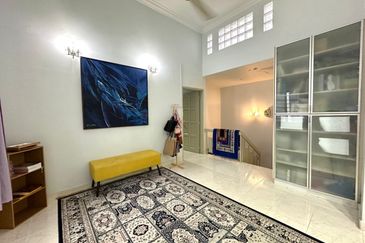
Taman Tun Dr Ismail (TTDI)
Taman Tun Dr Ismail, Kuala Lumpur
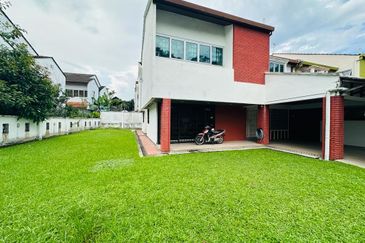
Taman Tun Dr Ismail (TTDI)
Taman Tun Dr Ismail, Kuala Lumpur

Taman Tun Dr Ismail (TTDI)
Taman Tun Dr Ismail, Kuala Lumpur
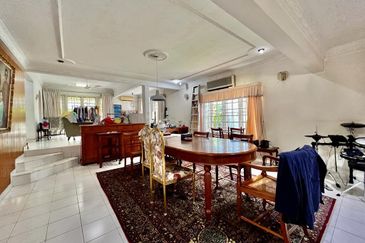
Taman Tun Dr Ismail (TTDI)
Taman Tun Dr Ismail, Kuala Lumpur

Taman Tun Dr Ismail (TTDI)
Taman Tun Dr Ismail, Kuala Lumpur

Taman Tun Dr Ismail (TTDI)
Taman Tun Dr Ismail, Kuala Lumpur

Taman Tun Dr Ismail (TTDI)
Taman Tun Dr Ismail, Kuala Lumpur
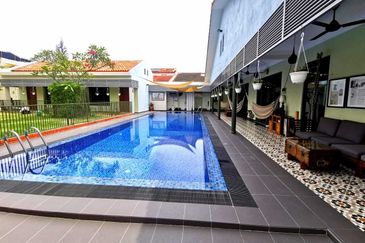
Taman Tun Dr Ismail (TTDI)
Taman Tun Dr Ismail, Kuala Lumpur
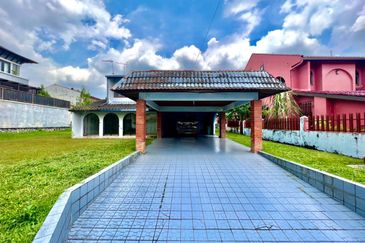
Taman Tun Dr Ismail (TTDI)
Taman Tun Dr Ismail, Kuala Lumpur

hero.jpg?GPem8xdIFjEDnmfAHjnS.4wbzvW8BrWw)
